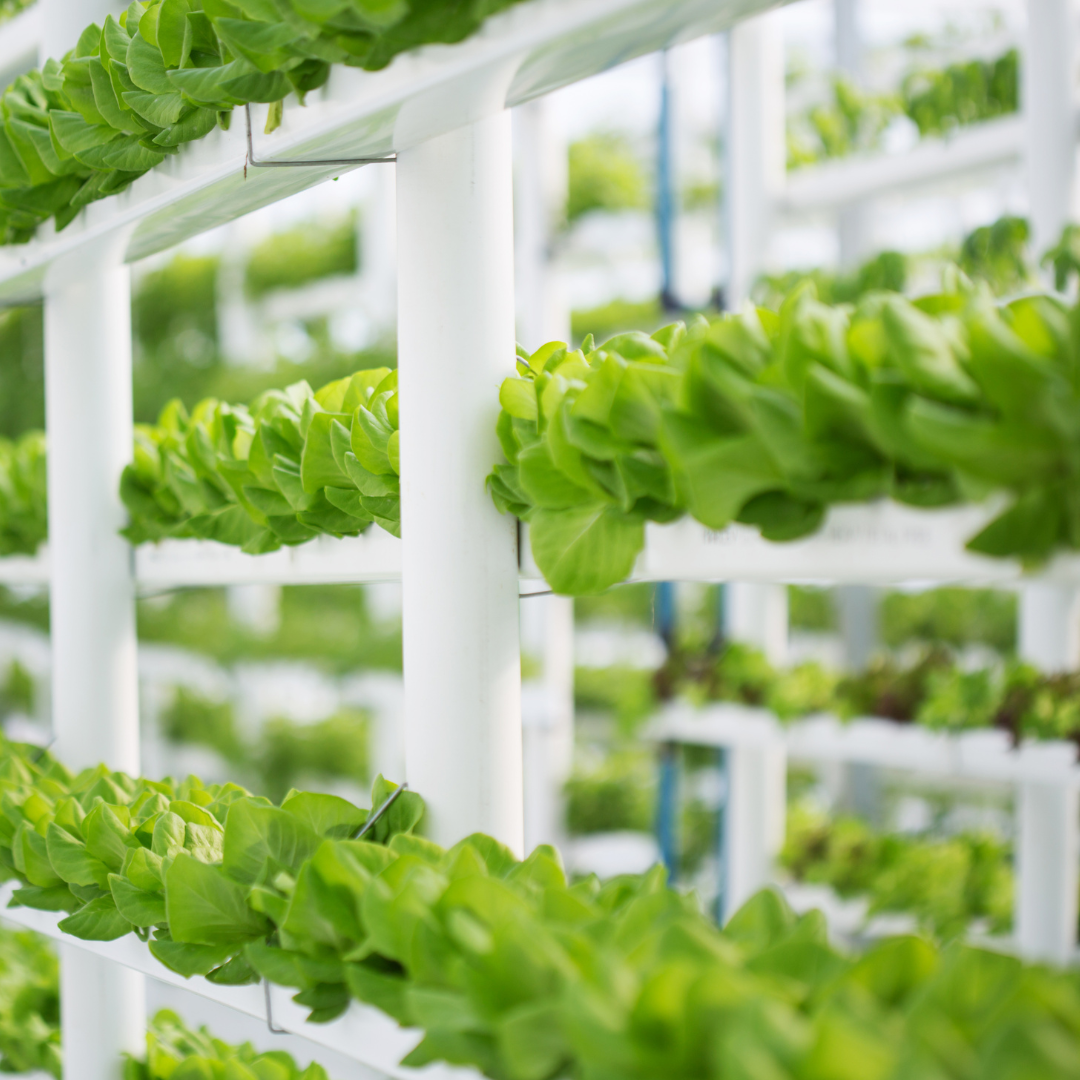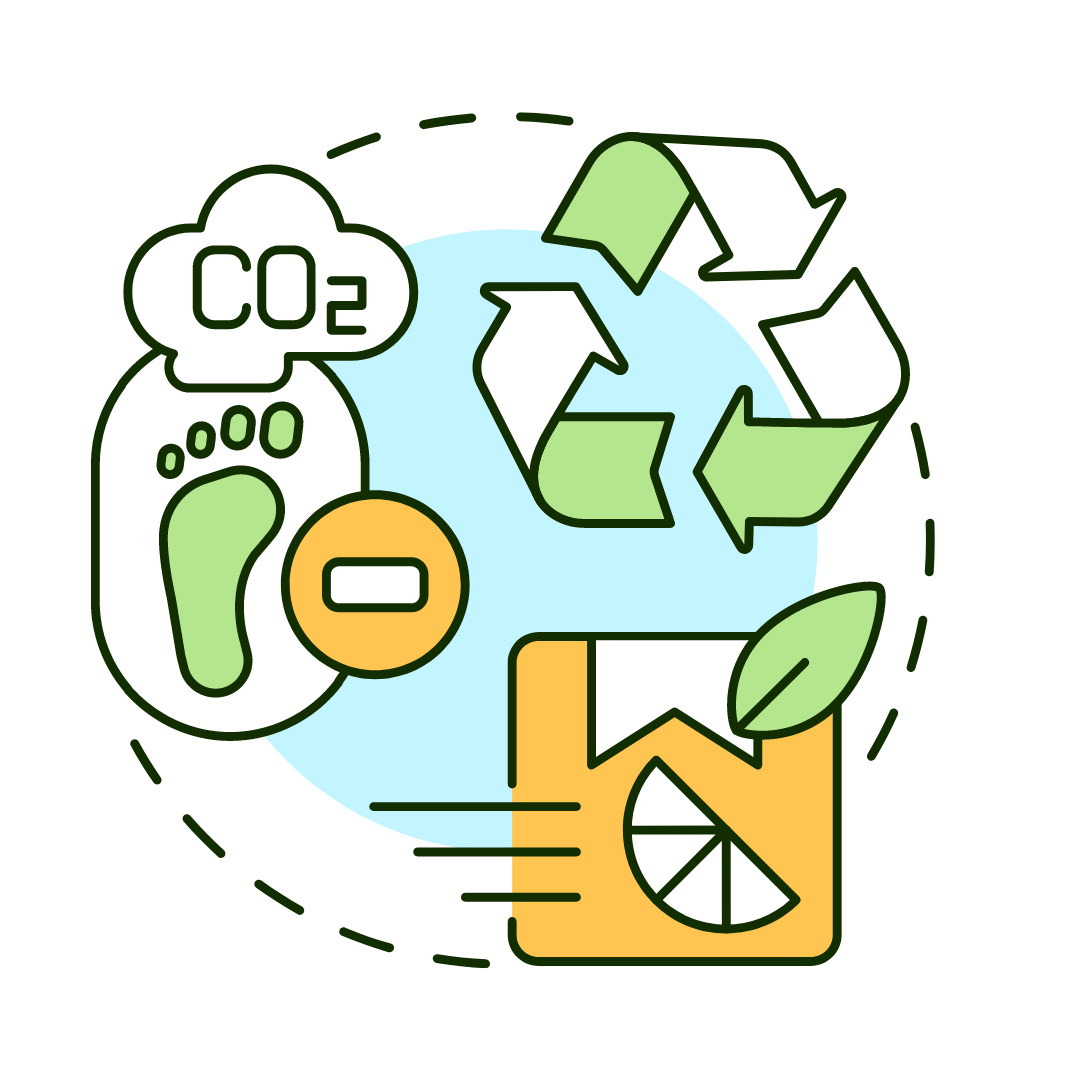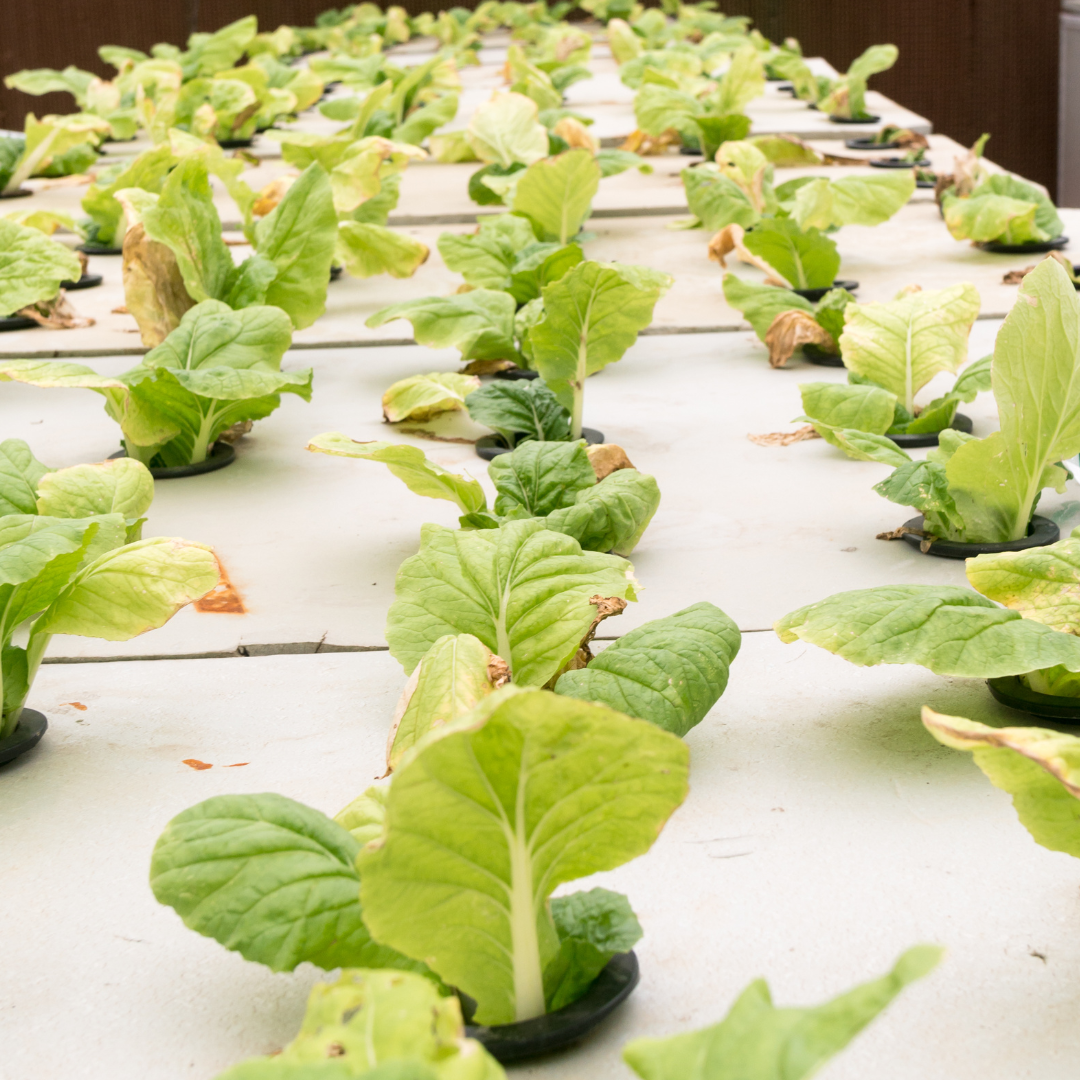Table of Contents
ToggleThe Impact of Hydroponics Farming on Soil Health and Ecosystems
Introduction
Hydroponics farming is an innovative agricultural technique where plants are grown without soil, using nutrient-rich water. This method is gaining traction for its efficiency and ability to produce high yields in limited spaces. As the world grapples with challenges like soil degradation and water scarcity, hydroponics offers a sustainable alternative. This article explores how hydroponics impacts soil health and ecosystems, highlighting its benefits and challenges.

By understanding these impacts, we can better appreciate the potential of hydroponics in sustainable agriculture.
Understanding Hydroponics Farming
Hydroponics farming involves growing plants in a controlled environment and replacing soil with a nutrient solution. This solution provides all essential minerals and elements for plant growth.
By eliminating soil, hydroponics allows precise control over growing conditions, leading to faster growth and higher yields. This method is particularly advantageous in urban areas or regions with poor soil quality, as it can be implemented in greenhouses, vertical farms, and even rooftops.
There are several types of hydroponics systems:
- Nutrient Film Technique (NFT): Plants are grown in a shallow stream of nutrient-rich water.
- Deep Water Culture (DWC): Plants are suspended in nutrient-rich water.
- Aeroponics: Plant roots are misted with a nutrient solution.
- Wick System: A passive system where plants draw nutrients from a solution through a wick.

Benefits of Hydroponics Farming
Efficient Use of Resources
One of the most significant advantages of hydroponics farming is its efficient use of water. Traditional farming often results in substantial water wastage due to runoff, evaporation, and inefficient irrigation systems. In contrast, hydroponics systems recirculate water, significantly reducing wastage.

This efficient use of water is particularly beneficial in regions facing water scarcity.
Hydroponics also allows for precise nutrient control. In traditional farming, nutrients can be lost through leaching or fixation in the soil.
Hydroponics systems deliver nutrients directly to plant roots, ensuring optimal growth and reducing the need for excessive fertilizer use.
Reduced Need for Pesticides
Another major benefit of hydroponics farming is the reduced need for pesticides. Traditional farming often exposes plants to pests and diseases, necessitating chemical pesticides.

These chemicals can harm the environment, contaminating soil and water. Hydroponics farming typically occurs in controlled environments like greenhouses, reducing exposure to pests and diseases.
This minimizes the need for chemical pesticides, promoting healthier produce and a cleaner environment.
Space Utilization
Hydroponics farming allows for efficient use of space, enabling more plants to be grown in smaller areas. Vertical farming, a type of hydroponics, utilizes vertical space by stacking plant trays or using wall-mounted systems.
This method is particularly beneficial in urban areas where land is limited and expensive. By maximizing space utilization, hydroponics can help address food security issues in densely populated cities.
Impact on Soil Health

Reduced Soil Degradation
Traditional farming practices can lead to soil degradation through overuse of chemical fertilizers, monocropping, and improper irrigation. These practices deplete soil nutrients, reduce organic matter, and cause erosion.
Hydroponics farming eliminates these issues as it does not rely on soil. By growing plants in a nutrient solution, hydroponics reduces the need for chemical fertilizers and prevents soil erosion, contributing to soil health preservation.
In regions with poor soil quality, hydroponics offers a viable alternative for crop production. It allows farmers to bypass soil-related challenges like salinity, compaction, and contamination, ensuring consistent and healthy plant growth.
By reducing the pressure on soil resources, hydroponics can contribute to long-term soil conservation.
Prevention of Soil Contamination
Hydroponics farming minimizes the risk of soil contamination from chemical runoff. In traditional farming, fertilizers and pesticides can leach into the soil and groundwater, leading to pollution.

Hydroponics systems, being closed-loop, prevent such contamination by recirculating the nutrient solution. This closed-loop approach conserves water and reduces environmental pollution, making hydroponics a more sustainable farming method.
Impact on Ecosystems
Biodiversity Conservation
Traditional farming often involves clearing large areas of land for crop production, which can destroy natural habitats and reduce biodiversity.
The conversion of forests, wetlands, and grasslands into agricultural land can lead to species loss, disrupting ecosystems. Hydroponics farming requires less land, helping conserve natural ecosystems and protect wildlife habitats.
By reducing the need for extensive land use, hydroponics can play a crucial role in biodiversity conservation. It allows for the preservation of natural landscapes and habitats, maintaining ecological balance and supporting a diverse range of species.
Additionally, hydroponics can be integrated into urban environments, reducing the pressure on rural ecosystems and promoting sustainable land use practices.
Lower Carbon Footprint

Hydroponics farming can contribute to a lower carbon footprint compared to traditional farming. Traditional agriculture often relies on heavy machinery for plowing, planting, and harvesting, leading to significant carbon emissions.
Additionally, transporting produce from rural farms to urban markets contributes to greenhouse gas emissions.
In contrast, hydroponics systems can be set up in urban areas, reducing the need for long-distance transportation and associated emissions.
The controlled environment of hydroponics also allows for integrating renewable energy sources such as solar panels and wind turbines, further reducing the carbon footprint.
By minimizing the environmental impact of food production, hydroponics supports efforts to mitigate climate change and promote sustainable agriculture.
Sustainable Agriculture
Hydroponics supports sustainable agriculture by minimizing the environmental footprint of food production. The efficient use of water and nutrients and the potential for year-round production make hydroponics a viable option for sustainable farming.

By reducing reliance on chemical fertilizers and pesticides, hydroponics promotes healthier ecosystems and reduces the risk of environmental pollution and make great soil health.
In addition to environmental benefits, hydroponics offers social and economic advantages. It provides opportunities for urban farming, creating local jobs and improving food security in urban areas.
Hydroponics can also enhance food quality and safety by reducing the risk of contamination and providing fresh, nutritious produce to consumers.
Challenges and Considerations
High Initial Costs
One of the main challenges of hydroponics farming is the high initial cost of setting up the system. The costs of equipment, infrastructure, and technology can be a barrier for small-scale farmers and individuals interested in starting hydroponics farming.

However, it is important to consider the long-term benefits and potential savings from reduced water and pesticide use and higher crop yields.
Over time, the investment in hydroponics systems can be recouped through increased efficiency and productivity.
Technical Expertise
Hydroponics farming requires a good understanding of plant nutrition, water chemistry, and system maintenance. Farmers need to be trained in these areas to ensure successful crop production.

The complexity of hydroponics systems can be a barrier for those without technical expertise, making it essential to provide education and training programs for farmers and growers.
By building knowledge and skills, farmers can optimize their hydroponics systems and achieve better results.
Potential for Disease Spread
While hydroponics reduces the risk of soil-borne pests and diseases, it can be susceptible to waterborne diseases. If not properly managed, these diseases can spread quickly through the nutrient solution, affecting all plants in the system.

To mitigate this risk, it is important to implement proper sanitation and maintenance practices, including regular cleaning of the system, monitoring water quality, and using disease-resistant plant varieties.
By maintaining a clean and well-managed system, the risk of disease spread can be minimized, ensuring healthy and productive crops.
Future Prospects
Technological Advancements
Advancements in technology are making hydroponics more accessible and efficient. Innovations such as automated nutrient delivery systems, energy-efficient LED lighting, and improved greenhouse designs are enhancing the feasibility of hydroponics farming.

These technological advancements can reduce operational costs, increase productivity, and make hydroponics a more attractive option for farmers and growers with great soil health.
Automated nutrient delivery systems allow for precise control over nutrient levels, ensuring optimal plant growth and reducing the risk of nutrient deficiencies or imbalances.
Energy-efficient LED lighting provides the necessary light spectrum for plant growth while minimizing energy consumption, making indoor hydroponics systems more sustainable.
Improved greenhouse designs, including climate control systems and insulation, create optimal growing conditions and extend the growing season, enabling year-round production.
Integration with Traditional Farming
Integrating hydroponics with traditional farming can lead to a more resilient agricultural system. Farmers can use hydroponics to grow certain crops while maintaining traditional methods for others, diversifying their production and income sources.

This integrated approach can enhance food security, reduce the risk of crop failures, and promote sustainable land use practices.
For example, farmers can use hydroponics to grow high-value crops such as herbs, leafy greens, and strawberries while continuing to cultivate staple crops like grains and vegetables using traditional methods.
This diversification can provide a steady income stream and improve the overall resilience of the farming system. Additionally, integrating hydroponics with traditional farming can optimize resource use, reduce environmental impact, and support sustainable agricultural practices.
Contribution to Global Food Security
With the global population expected to reach 9.7 billion by 2050, ensuring food security is a critical challenge. Hydroponics can play a significant role by providing a reliable, year-round food supply, especially in areas with limited arable land.

By producing high yields in controlled environments, hydroponics can help meet the growing demand for food and reduce the pressure on traditional agricultural systems.
Hydroponics can also enhance food security by improving the quality and nutritional value of produce. By precisely controlling nutrient levels, hydroponics systems can produce crops with higher nutrient content, ensuring that consumers receive fresh and nutritious food.
Additionally, hydroponics can reduce the risk of food contamination and spoilage, as the controlled environment minimizes exposure to pathogens and pests.
Conclusion
Hydroponics farming presents a promising alternative to traditional agriculture, with significant benefits for soil health and ecosystems.
By reducing soil degradation, conserving water, and minimizing environmental impact, hydroponics supports sustainable agriculture and biodiversity conservation.
While there are challenges to overcome, such as high initial costs and the need for technical expertise, the potential benefits make hydroponics a valuable tool in the future of farming.
As technology advances and integration with traditional methods continues, hydroponics could become a cornerstone of global food security and environmental stewardship.

By promoting efficient resource use, reducing environmental pollution, and supporting biodiversity conservation, hydroponics can contribute to a more sustainable and resilient agricultural system.
Through continued research, innovation, and education, the full potential of hydroponics can be realized, ensuring a healthier and more sustainable future for both people and the planet
